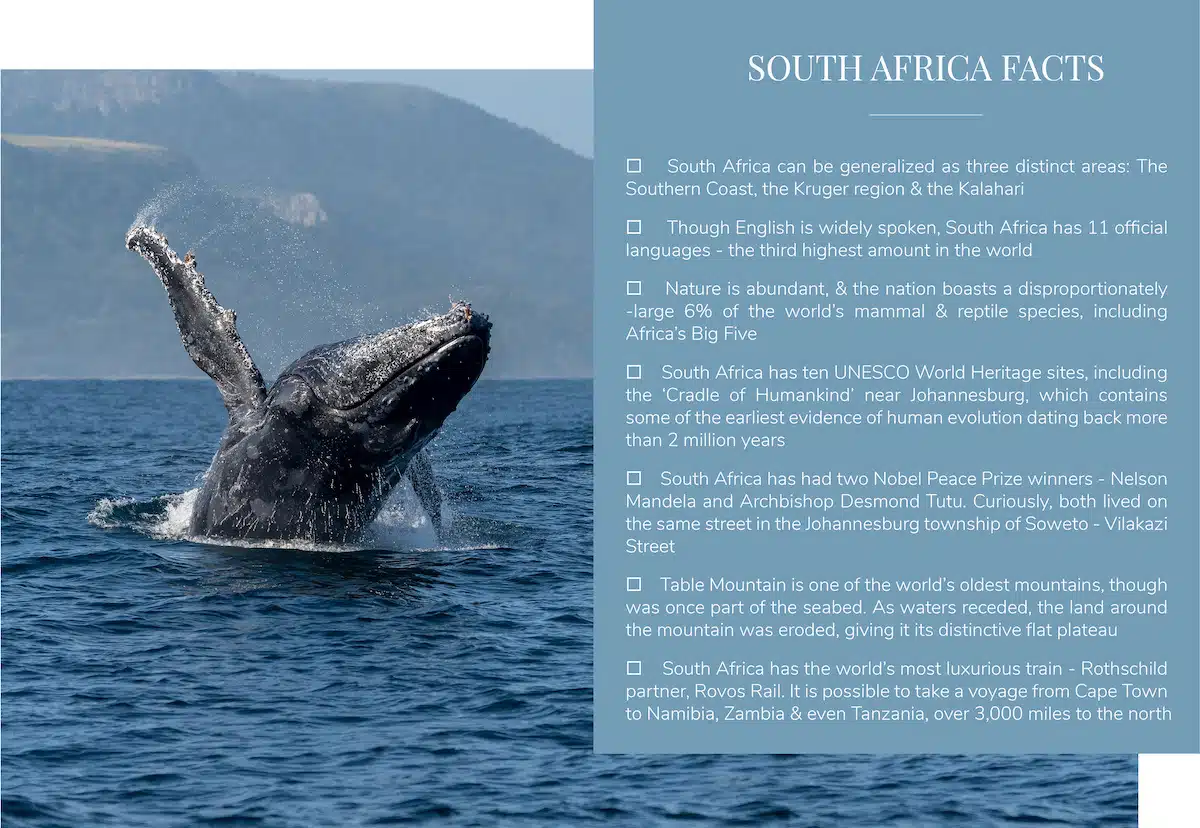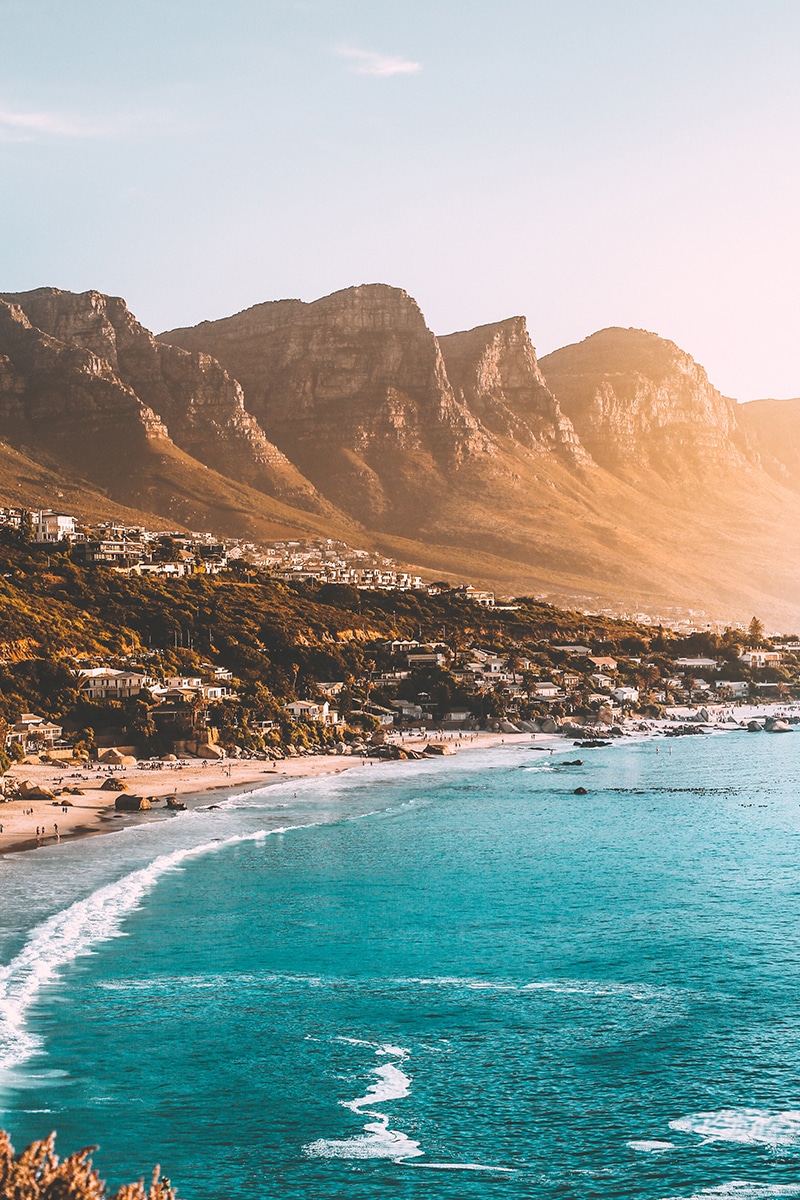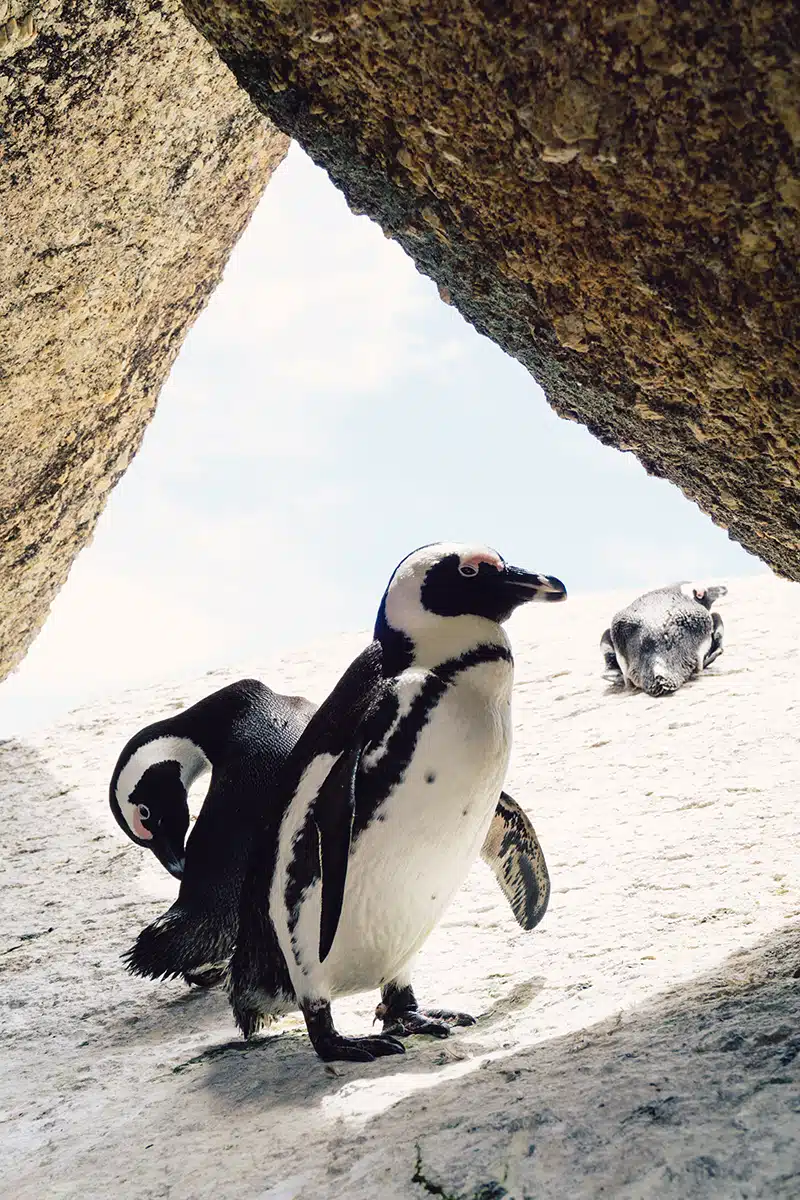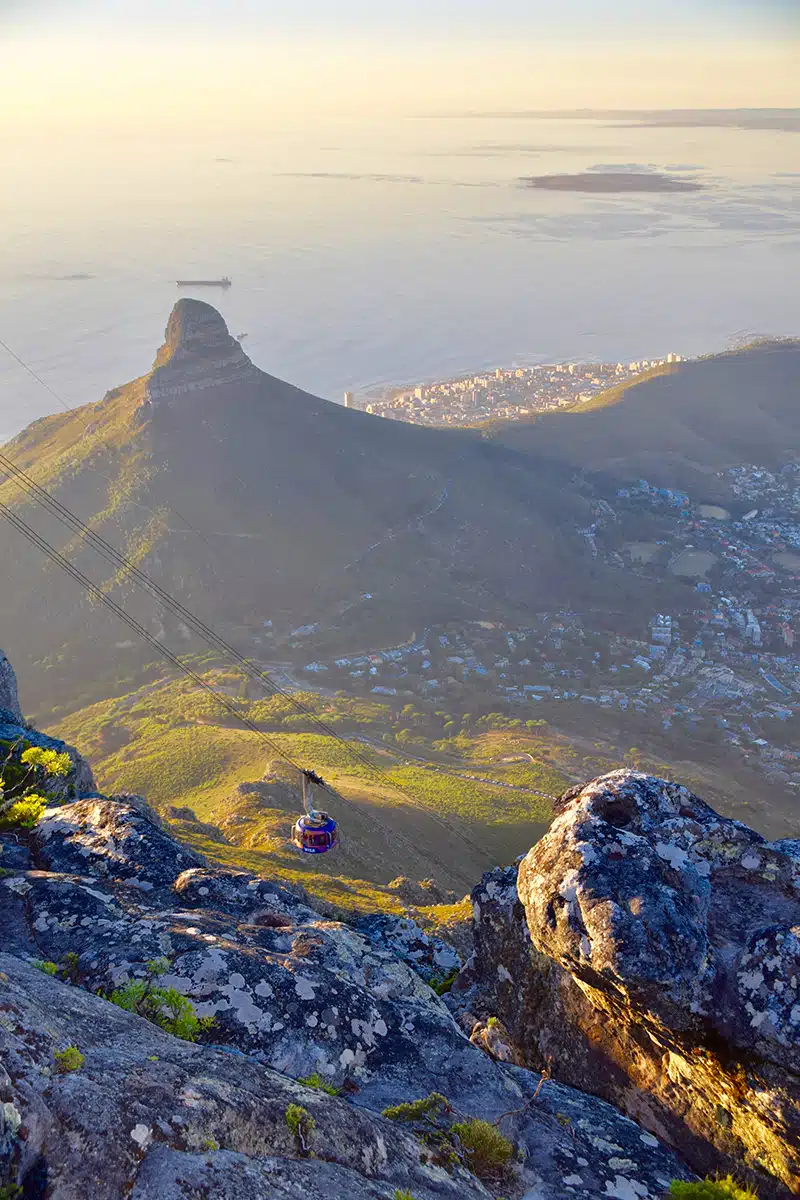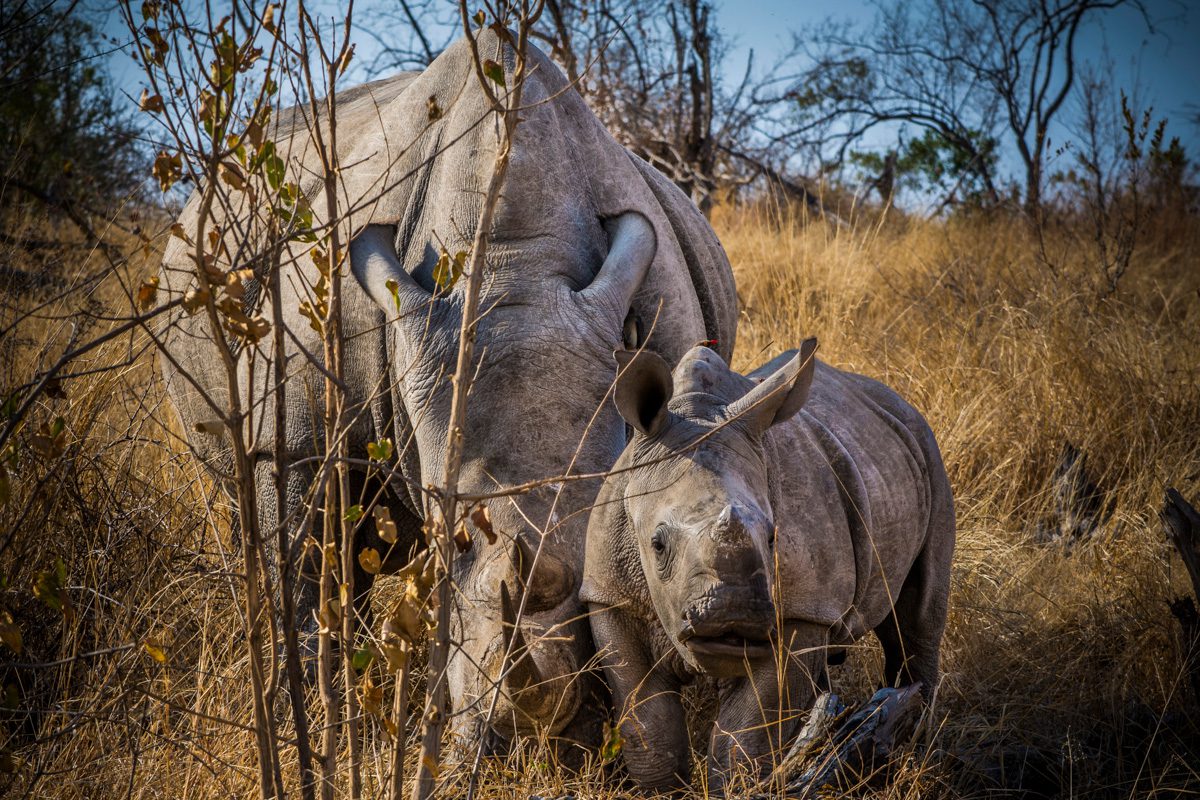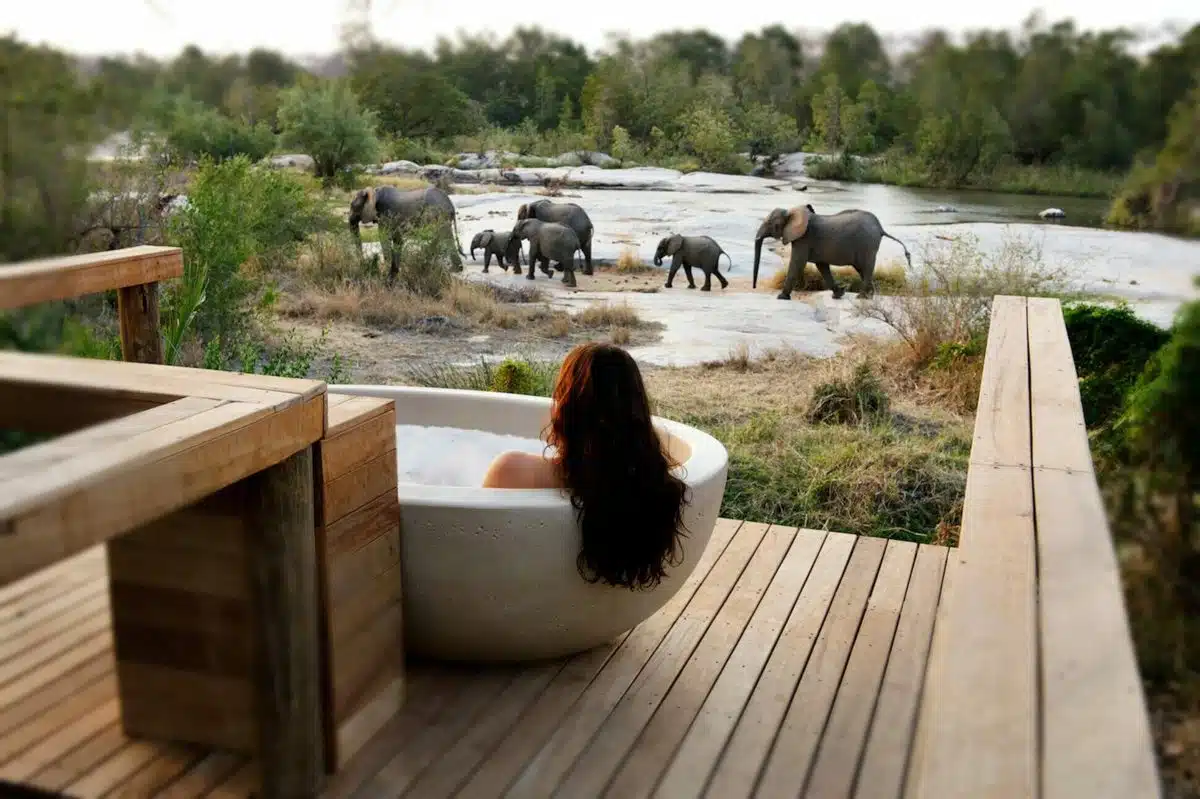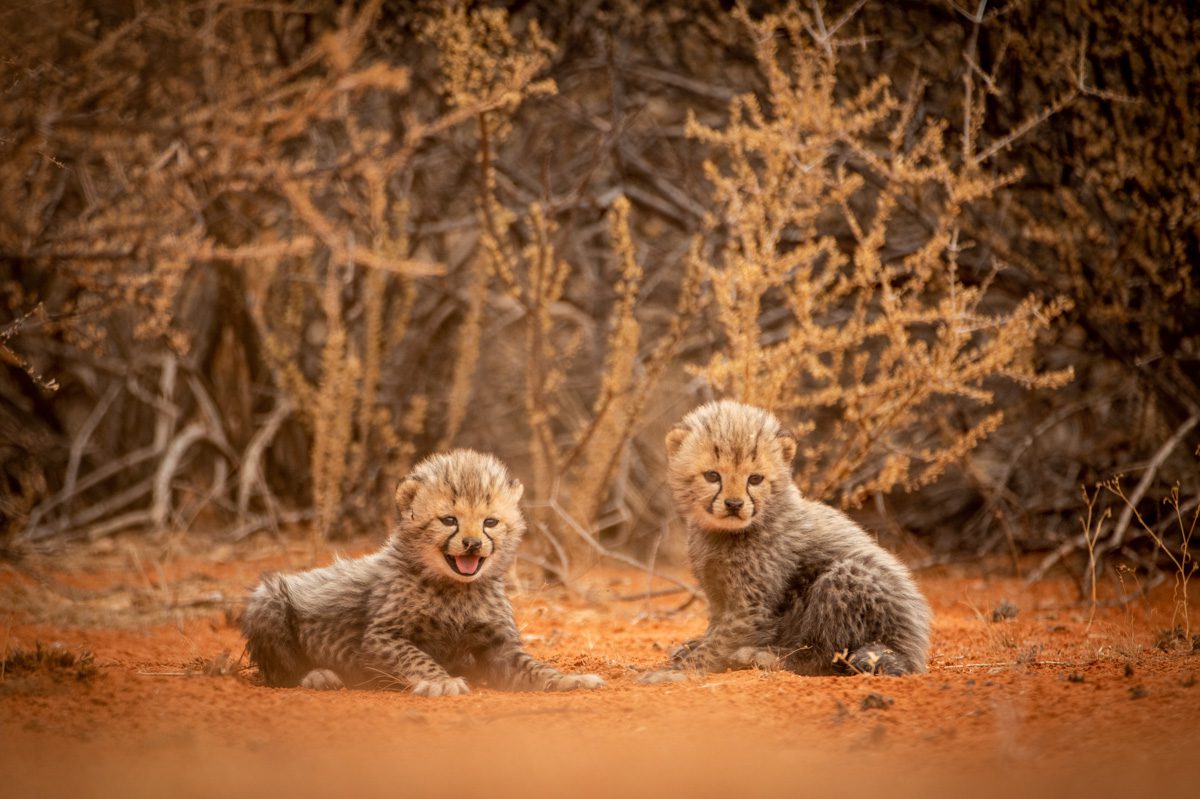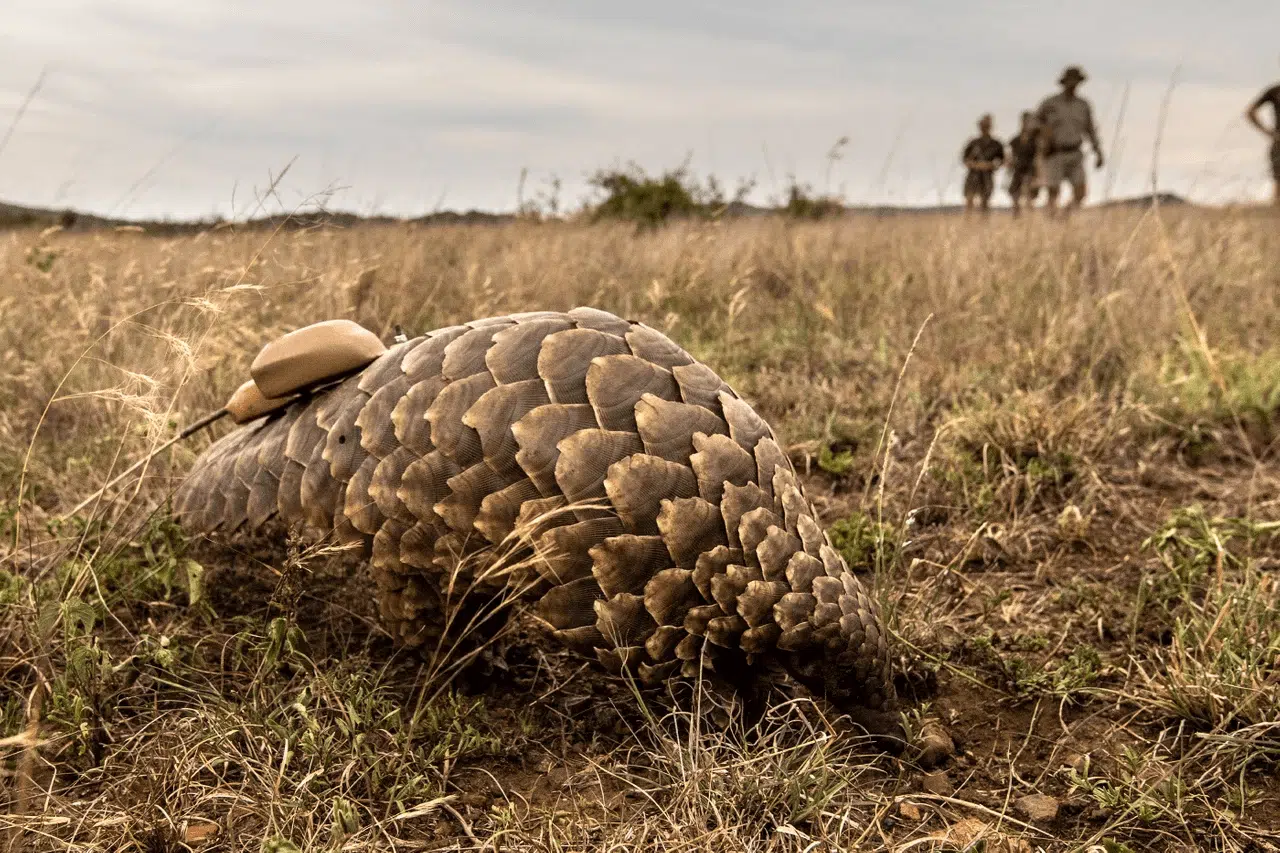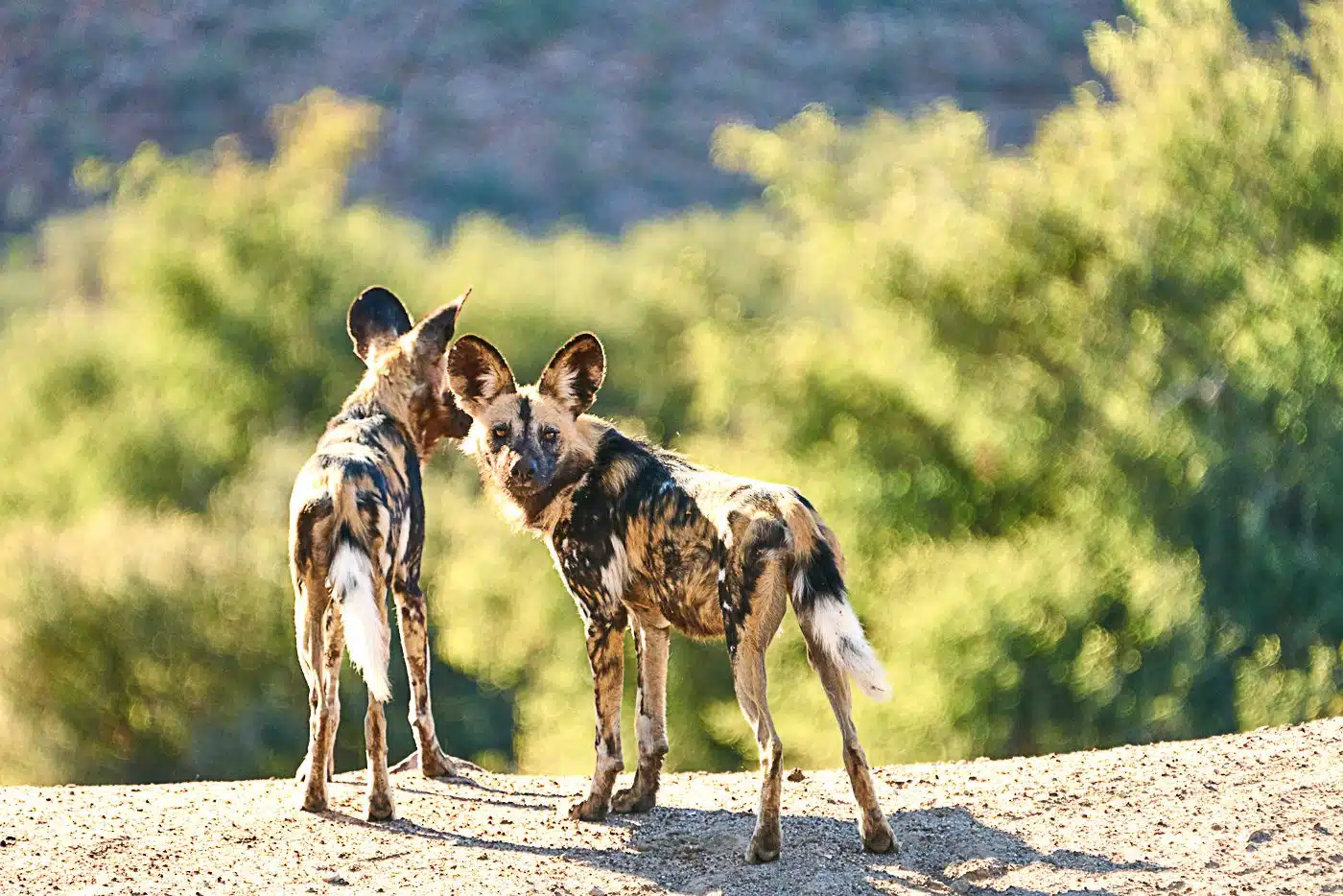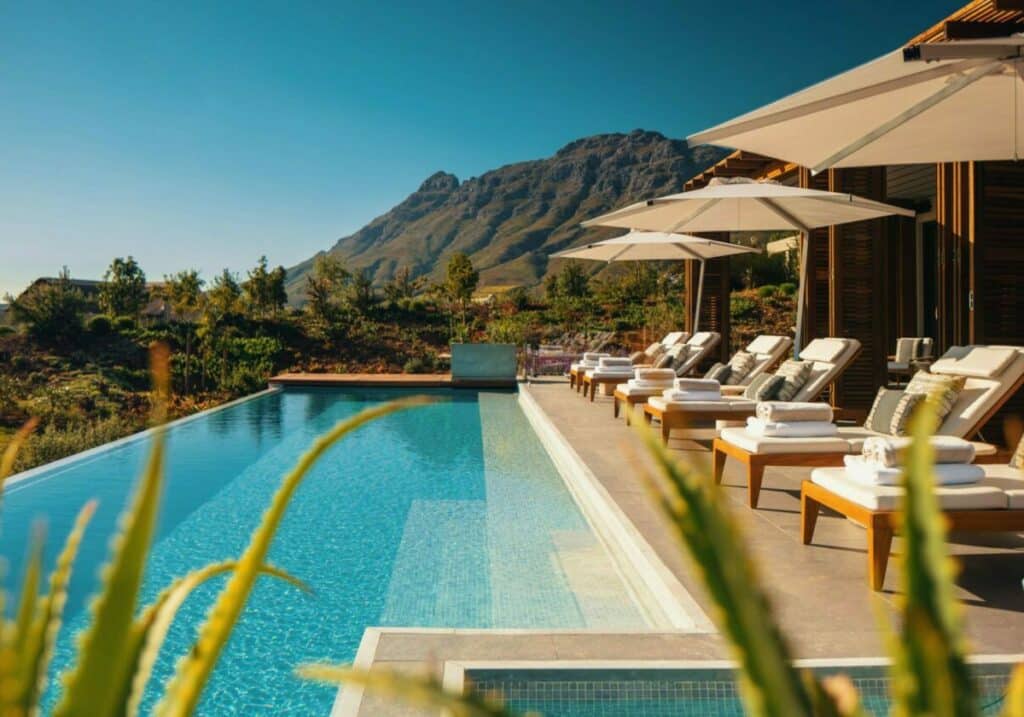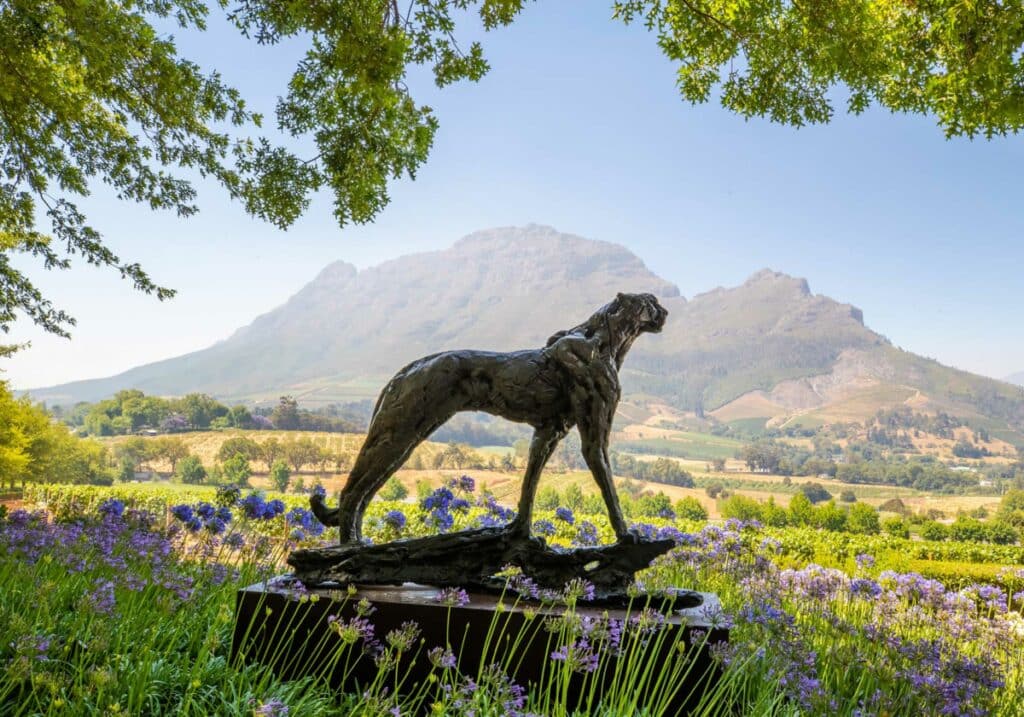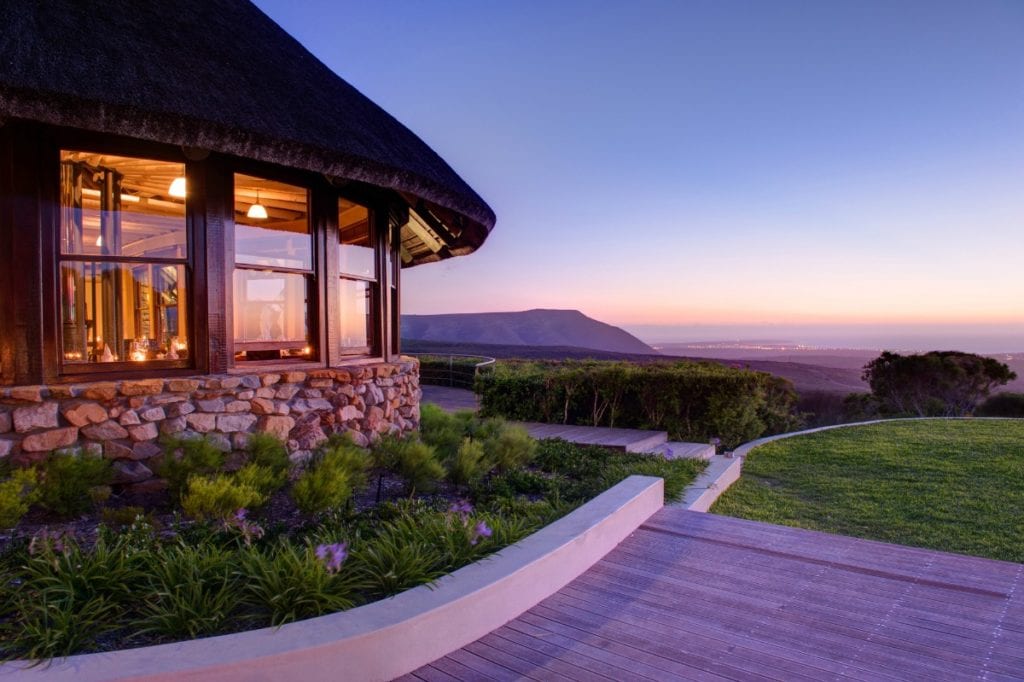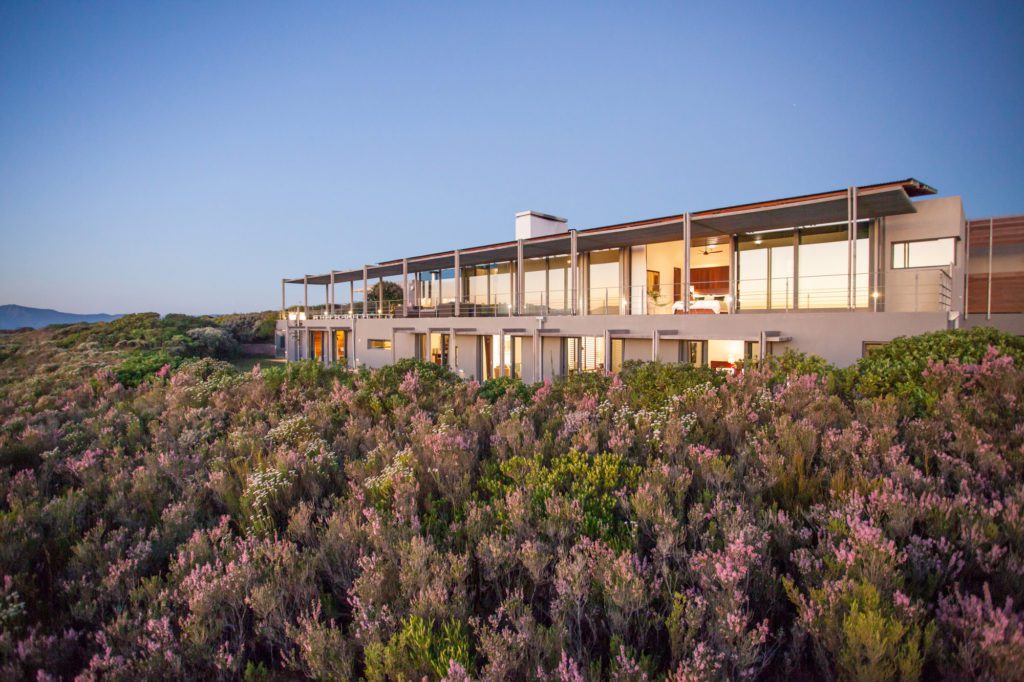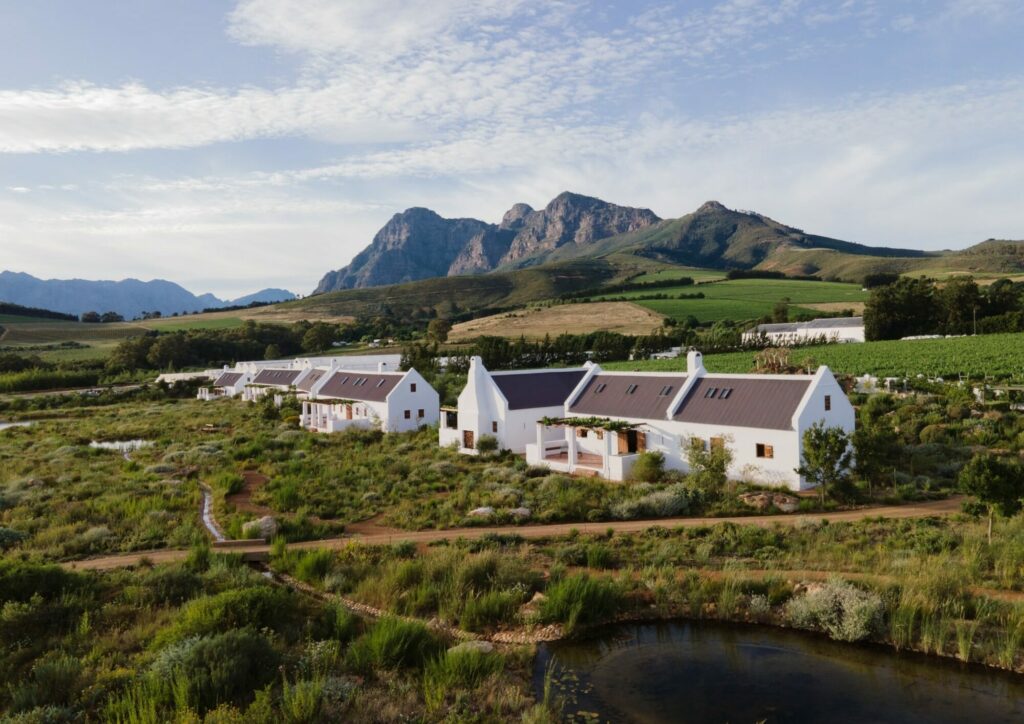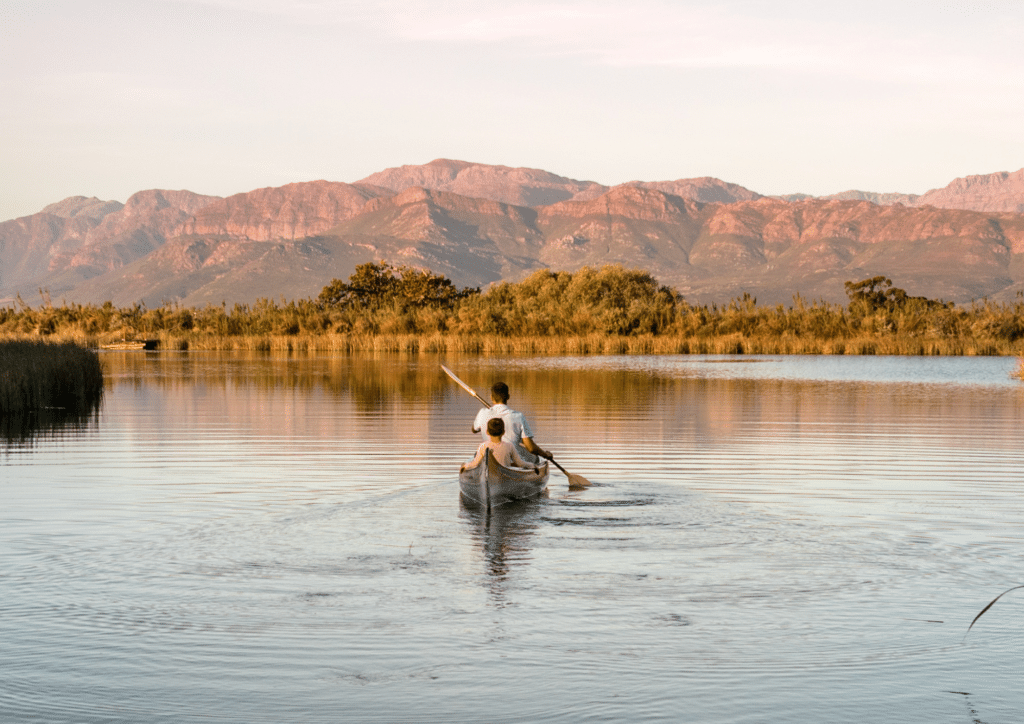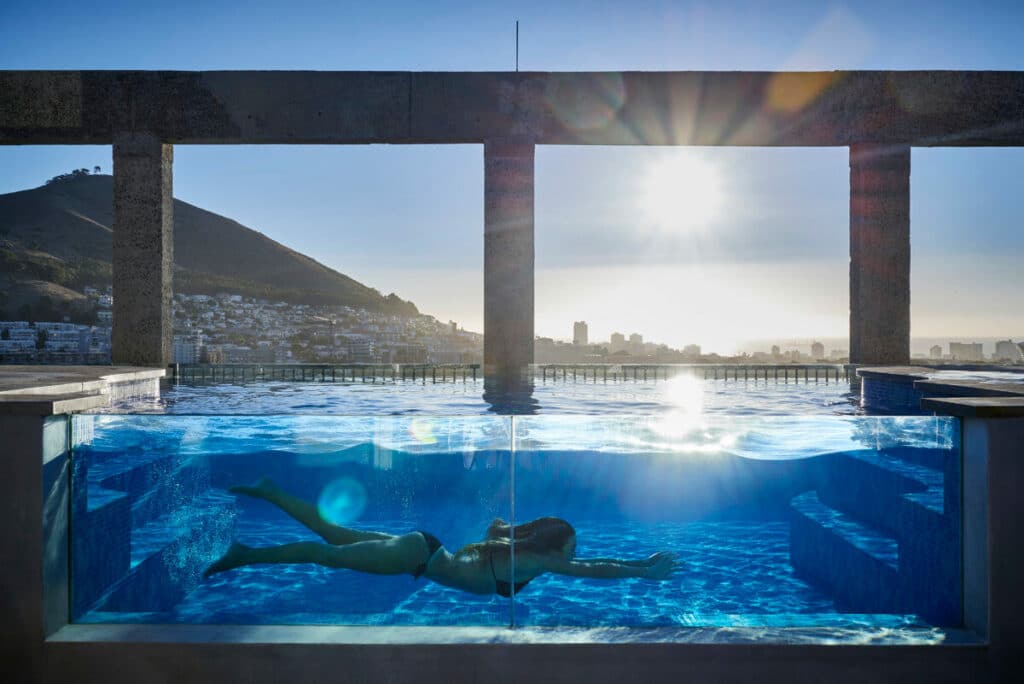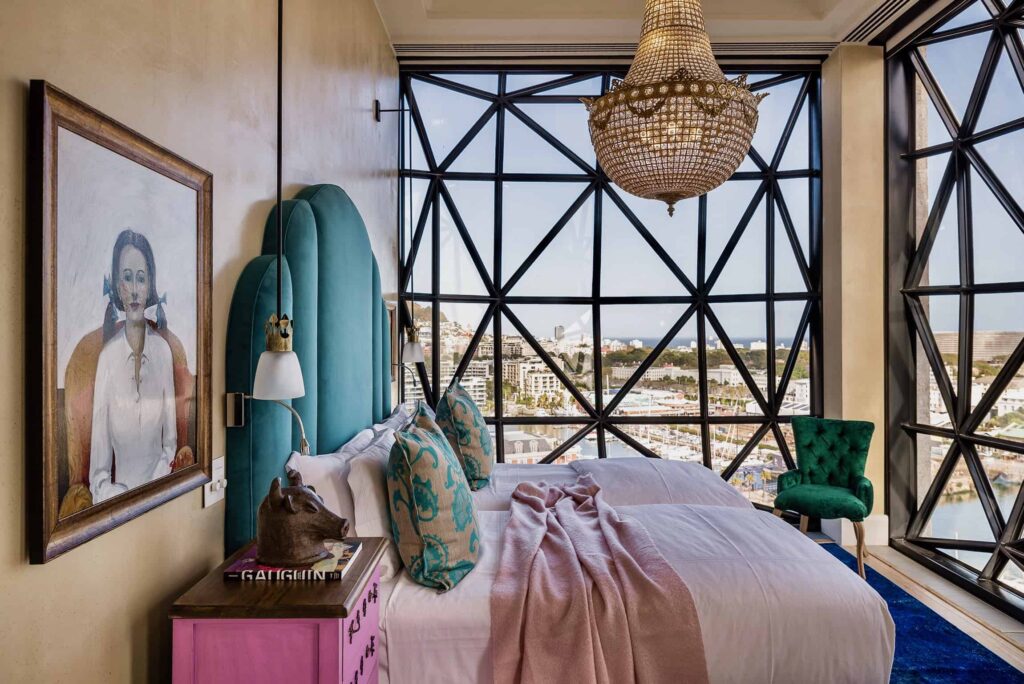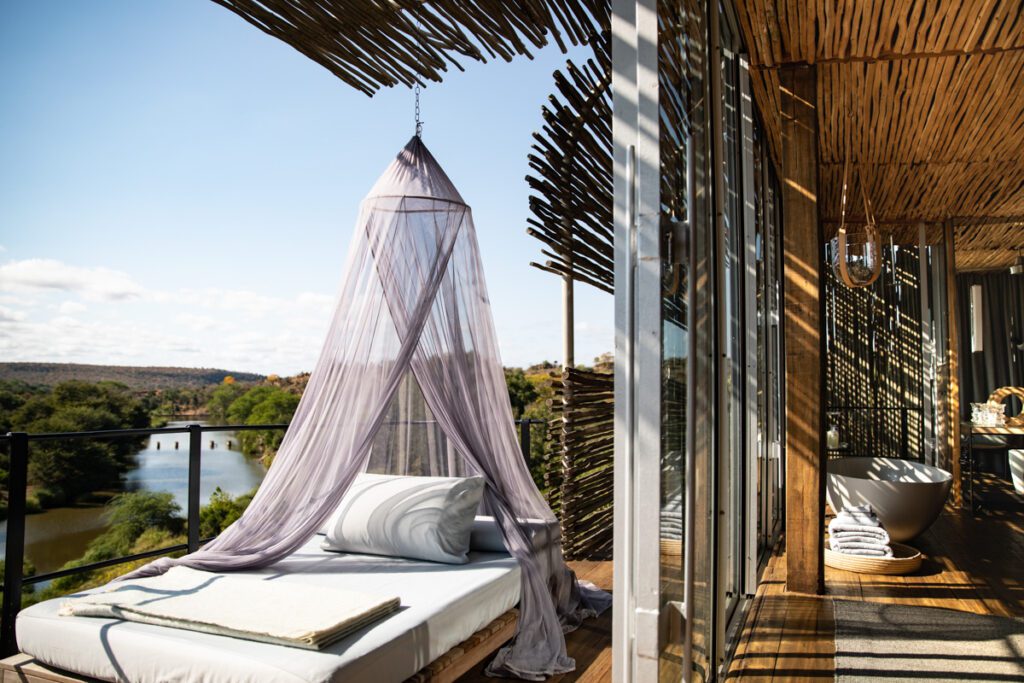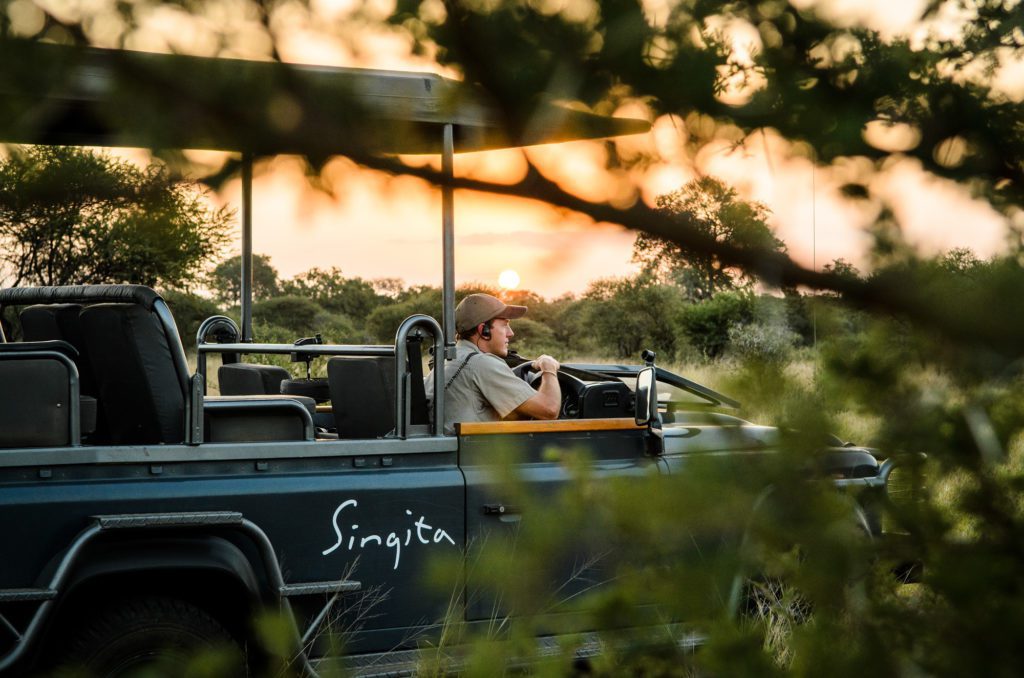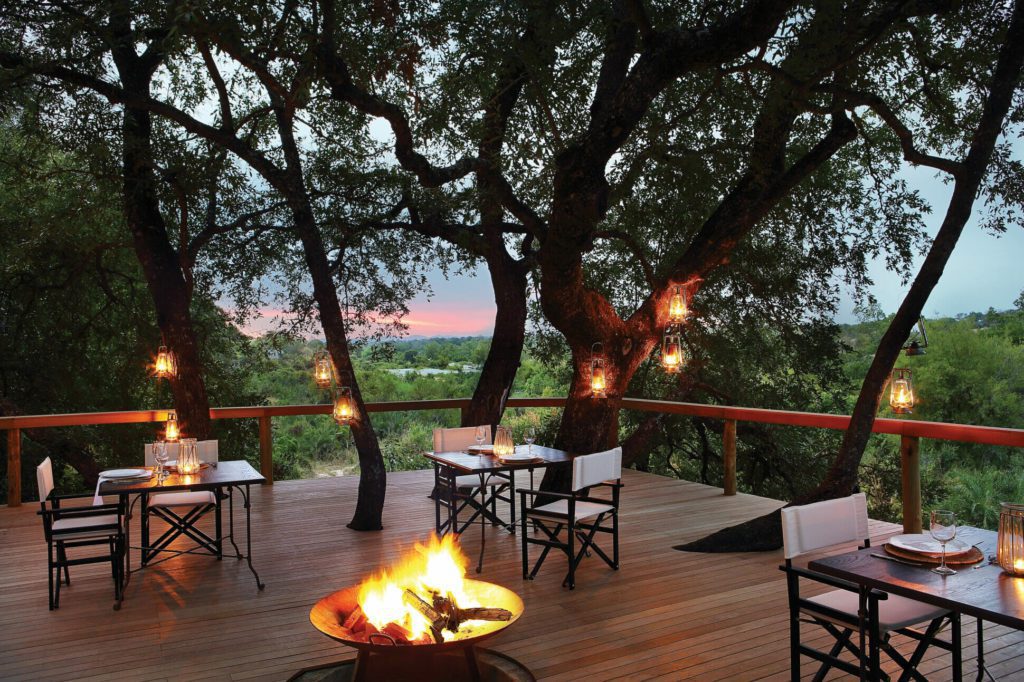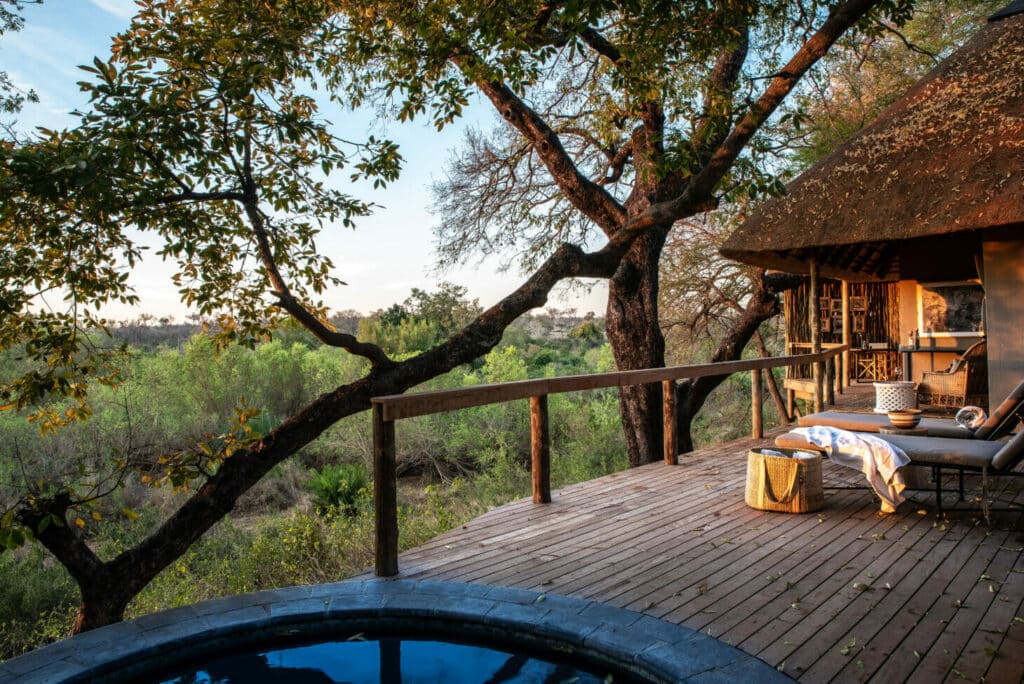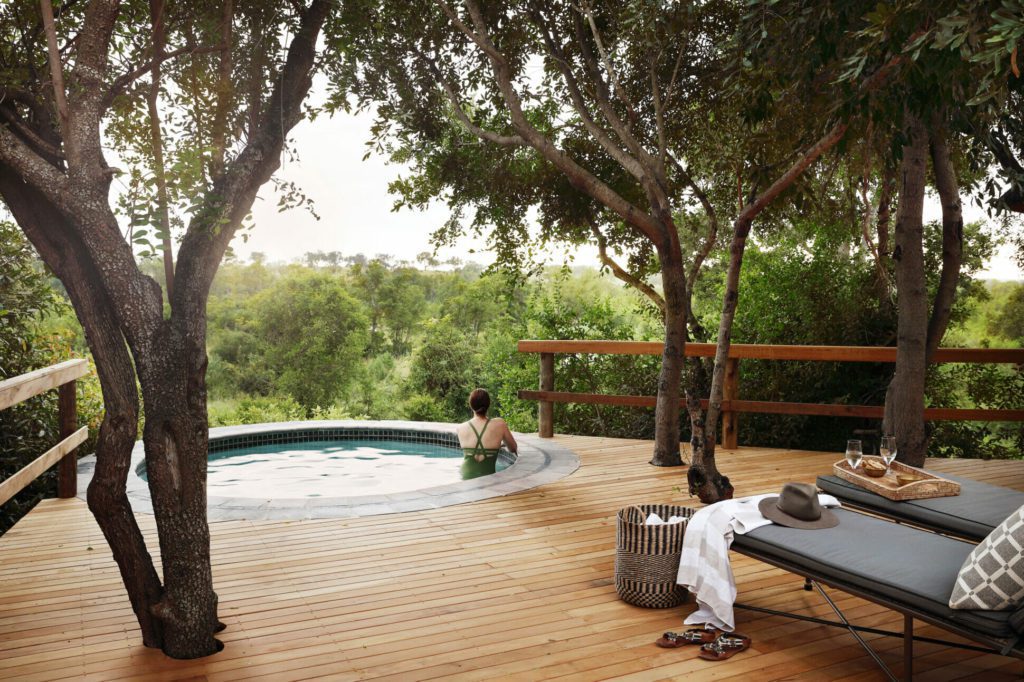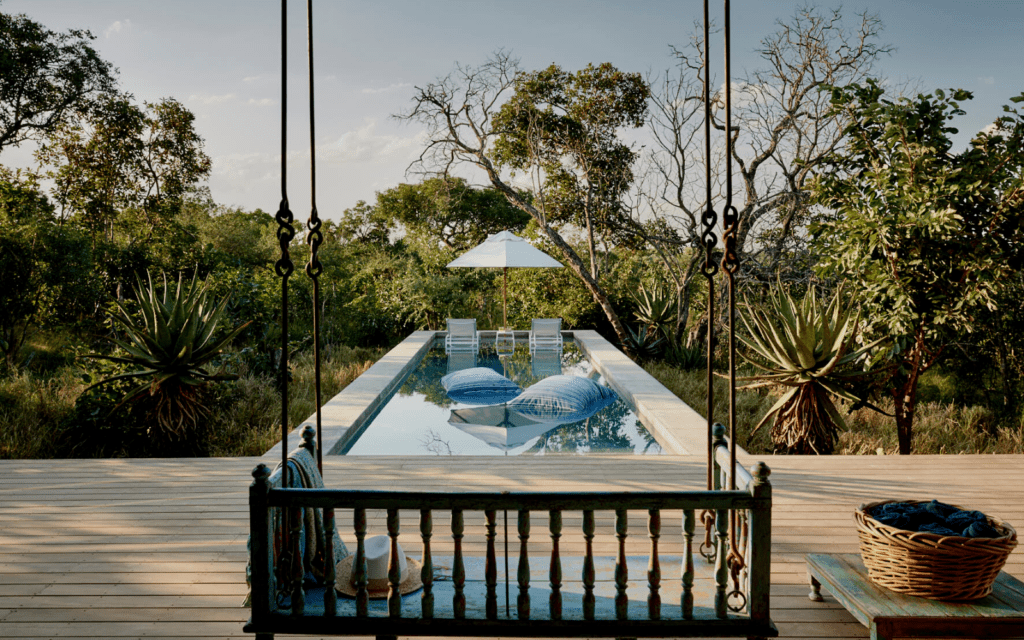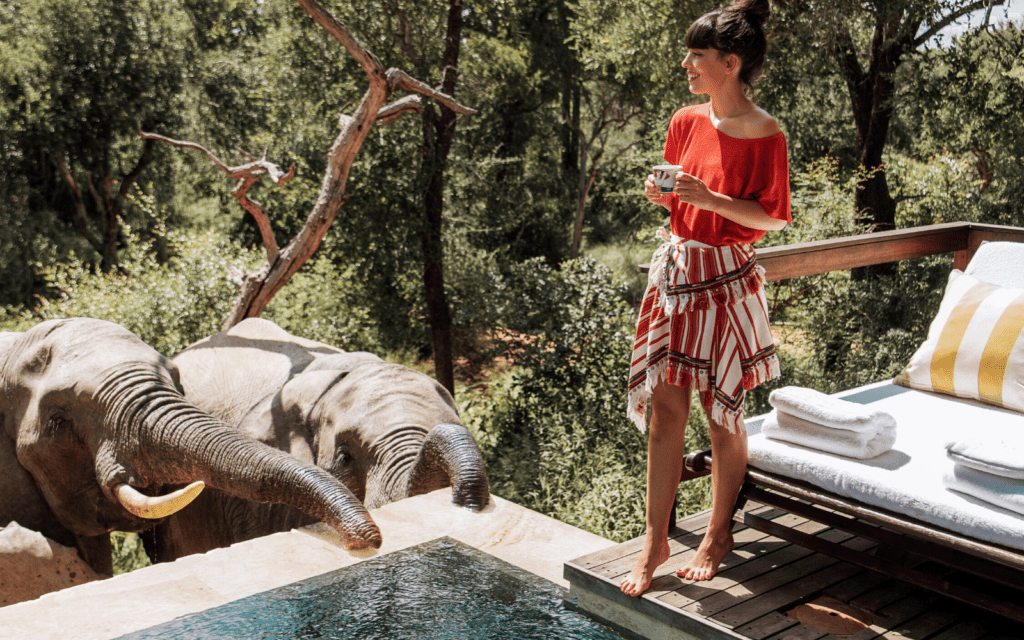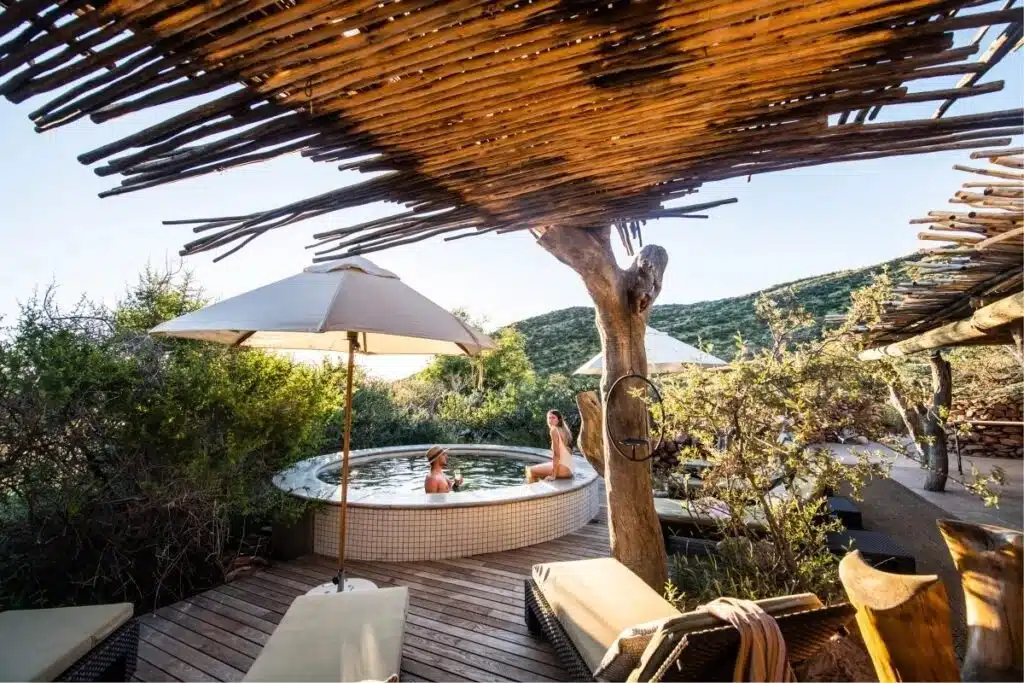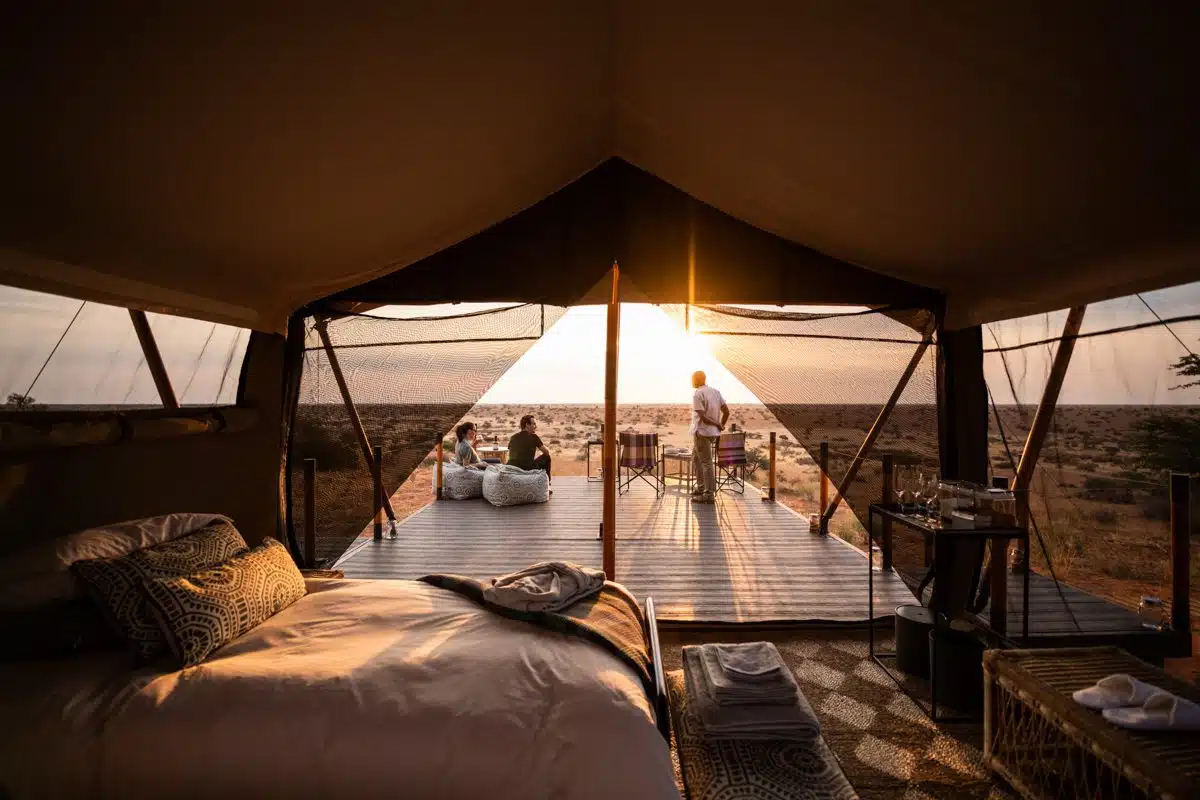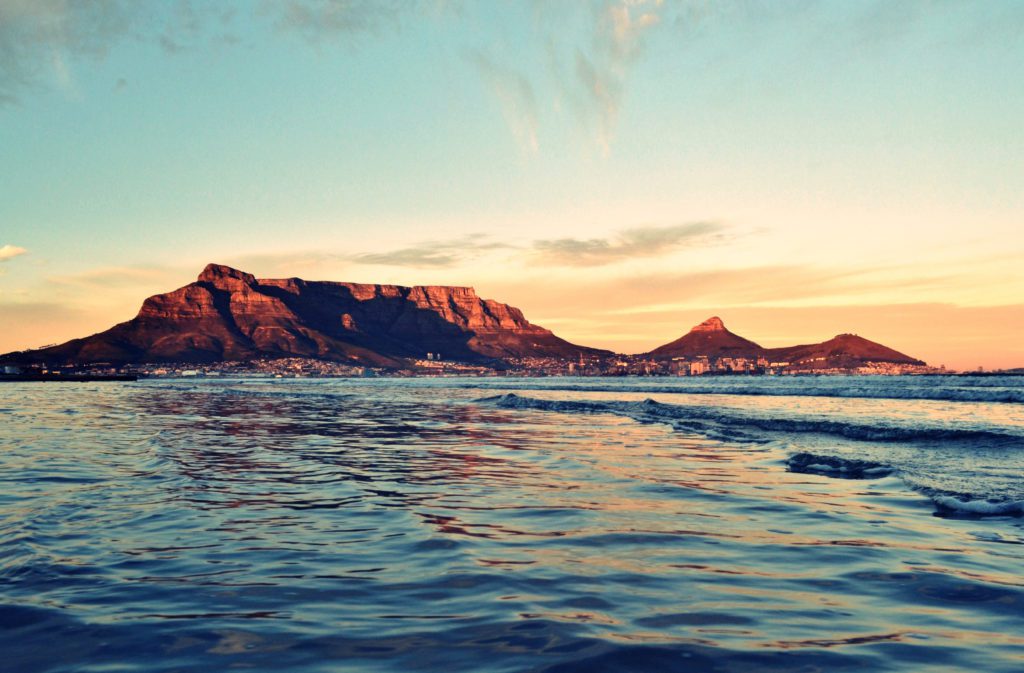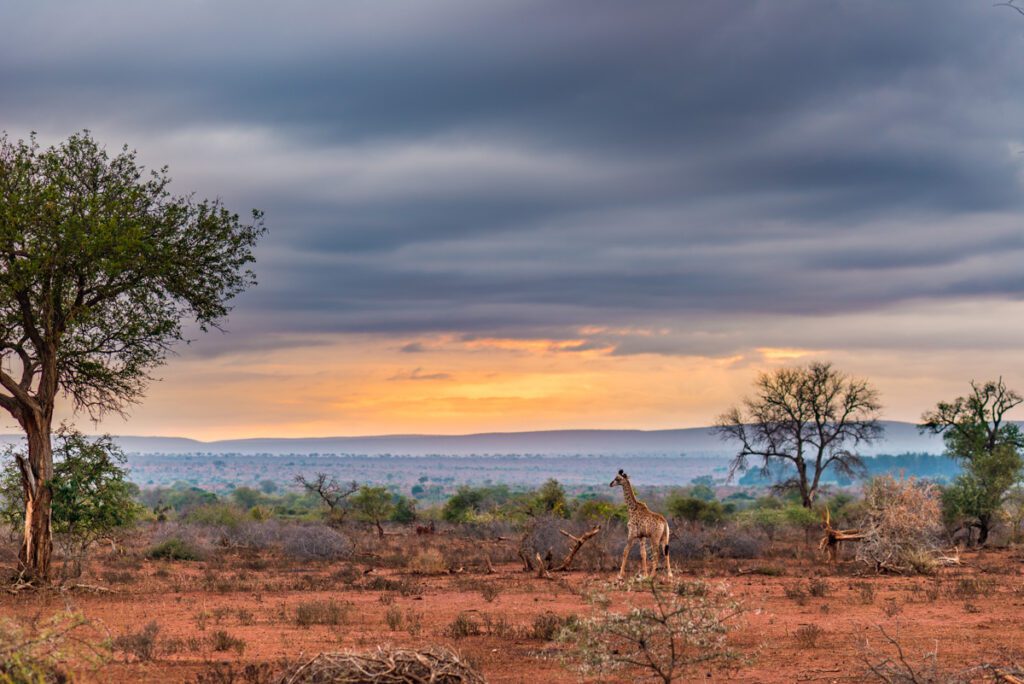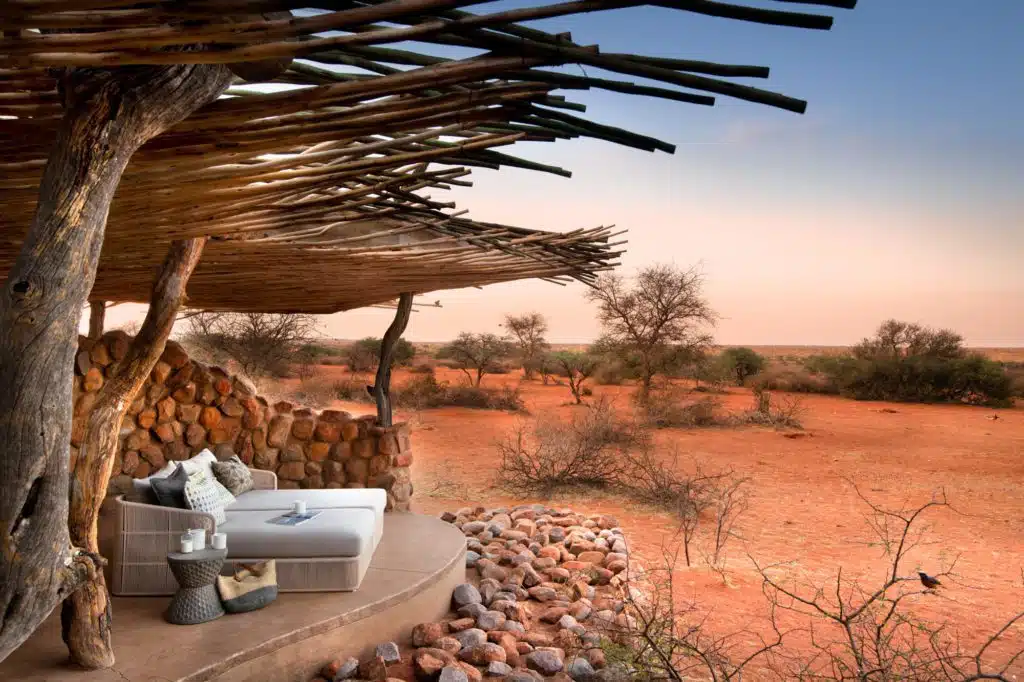SOUTH AFRICAN SAFARI
A Journey of Many Chapters
Suggesting that you wish to take a South African Safari is akin to saying that you’d like to visit Europe, such is its diversity.
Covering almost 475 thousand square miles (1.22 million km²), South Africa is three times the size of California or about three-quarters as vast as Alaska and is inspiringly varied. From the cooler southern coast, it reaches 1,130 miles (1,820km) northwards to Kruger National Park and its border with Zimbabwe. From the country’s heart, the Kalahari Desert expands northwestward, eventually spilling over into Namibia and Botswana.
The mountainous Southern Cape levels into grasslands, deserts and plains, its cosmopolitan capital of Cape Town and the verdant winelands traded for large national parks, boutique safari lodges and a wonderful diversity of wildlife.
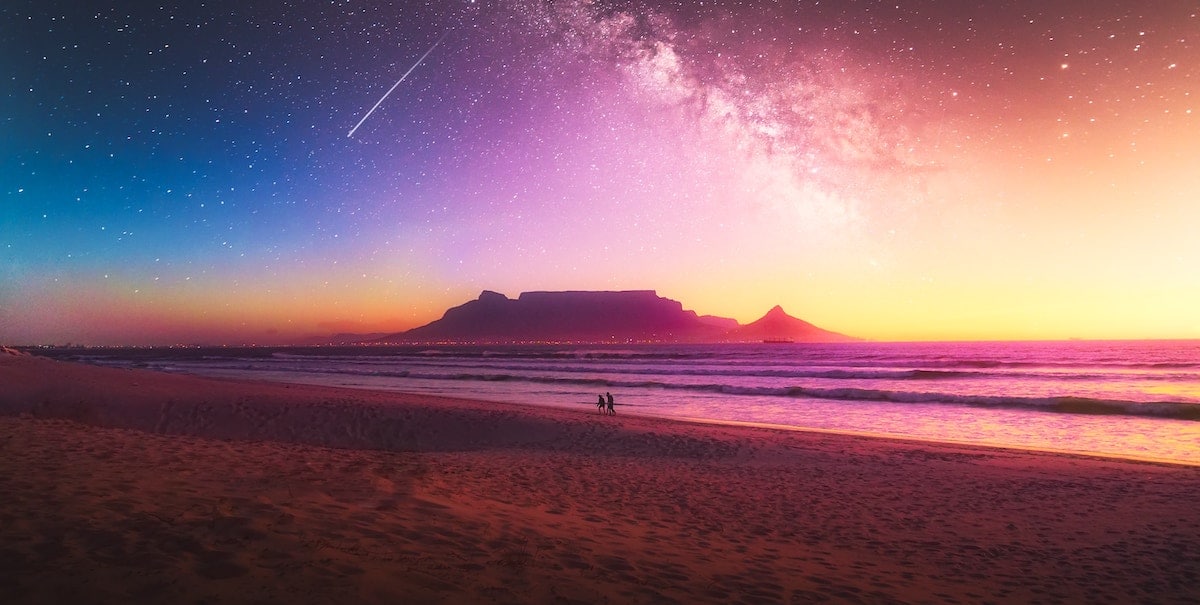
Once the battleground for apartheid, South Africa is now thankfully far more united, and tribal culture is becoming rapidly more incorporated into daily life. With 11 official languages and three capitals – Cape Town, Pretoria and Bloemfontein – diversity abounds in every aspect of ‘the Rainbow Nation’ as South Africa is fondly known. Its almost 300 mammal species also allow visitors to observe an equally disparate array of animals across its changeable landscapes. To the south, the ocean also provides nature-watching opportunities, with humpback whales, Cape fur seals, Cape penguins and the fearsome great white shark among the awe-inspiring creatures that can be witnessed in the South Atlantic waters.
So where to start on a South African safari?
With over 9,000 private reserves and 21 national parks, the choice is almost endless, but South Africa can – whether part of an extended itinerary or single-destination visit – be divided into three distinct regions: the South, the Kruger region and the Kalahari. Though this is somewhat myopic, from a traveler’s perspective, these are the three key areas of interest.
The South
Invariably the starting point of any South African safari, the majority of international travelers will disembark in Cape Town, and it is advisable to tarry a while on the southern shores.
Cape Town itself is a wonderful city to explore. With Table Mountain its omnipresent totem, the city has a fascinating history, not least for its part in the story of Nelson Mandela and the liberation from apartheid. It is also a global hotbed of creativity, both artistically and culinarily.
From the Iziko South African National Gallery, highlighting the centuries-long evolution of South African artwork, to the Zeitz Museum of Contemporary Art, exhibitions span the exploration of art through innumerable generations and cultures.
The city is also home to some of the world’s leading culinary craftsmen and women, with restaurants offering a fusion of traditionally-inspired braai-style dishes, global cuisine, domestic ingredients and contemporary fine dining.
From the shoreline, one can venture to Robben Island, the prison outpost that held Mandela and other political prisoners before their freedom and the prison’s closure. While trading terra firma for nautical explorations, it is possible to spot cetacean species, including dolphins, orcas and migratory humpback and sperm whales. The ultimate oceanic thrill is to plunge into the cool water to witness mighty great white sharks from the safety of a cage.
To the west of the city, a South African safari can venture into the Cape Winelands. Its tranquil rolling landscapes of fynbos are scattered with some of the world’s finest award-winning vineyards, complemented by some of the finest cuisine available in the country.
To the east, Boulders Beach is home to an endearing, though tragically dwindling population of Cape penguins. These comical flightless birds have suffered greatly from overfishing and disease, though scientists seem to be on the brink of rejuvenating their numbers.
Table Mountain is, of course, a staple of any Cape Town visit, and the view from the summit is unparalleled, Cape Town spreading out below and the confluence of Indian and Atlantic Oceans converging on the Cape of Good Hope.
The Garden Route reaches eastwards, hugging the coastline for dramatic views and a picturesque drive. This is also one of the best areas for nature watching and, though the cape is not known for its abundant land-based nature, it is possible to see elephant, baboons, ostrich, and numerous antelope species.
The Kruger Region
Possibly the most well-known of South Africa’s destinations and one of the first locations to spring to mind when considering a South African safari, is Kruger National Park. This renown is, to some small degree, the park’s undoing and, despite its superb game viewing, it is not without its crowds. Readily accessible and open to self-drive safaris, most viewings will be a shared experience.
That said, it is possible to have a more exclusive experience in Africa’s largest national park. With 20 or so camps within the park, it is possible to get a headstart on the daily visitors and venture out after the park has closed for the day. Buried deep in the heart of Kruger National Park, these camps create an element of exclusivity, with less likelihood of day visitors venturing so far into the park.
The best option is to take your South African safari at one of Kruger’s satellite private reserves.
Sabi and Lion Sands, MalaMala, Manyeleti, Timbavati and other reserves combine the benefit of Kruger’s abundance of fauna with a distinct lack of crowds. Better, more attentive service, exclusive luxury properties and superb facilities are among the benefits of a private reserve, and game drives can be tailored to clients, without the need to relinquish prime viewing for others.
Game drives can also be tailored to suit the client’s specific wishes. Whether a dawn or night drive, a focus on photography or birding, or catering to younger passengers, the nature of every drive is at the discrepancy of the guest.
The Kruger region is home to the Big Five and approximately 12,000 black and white rhinos, along with one of Africa’s strongest viable populations of wild dog. Free-flowing borders allow these creatures to pass into the private reserves, providing greater protection and, being in a smaller region, increasing the chance of a spotting.
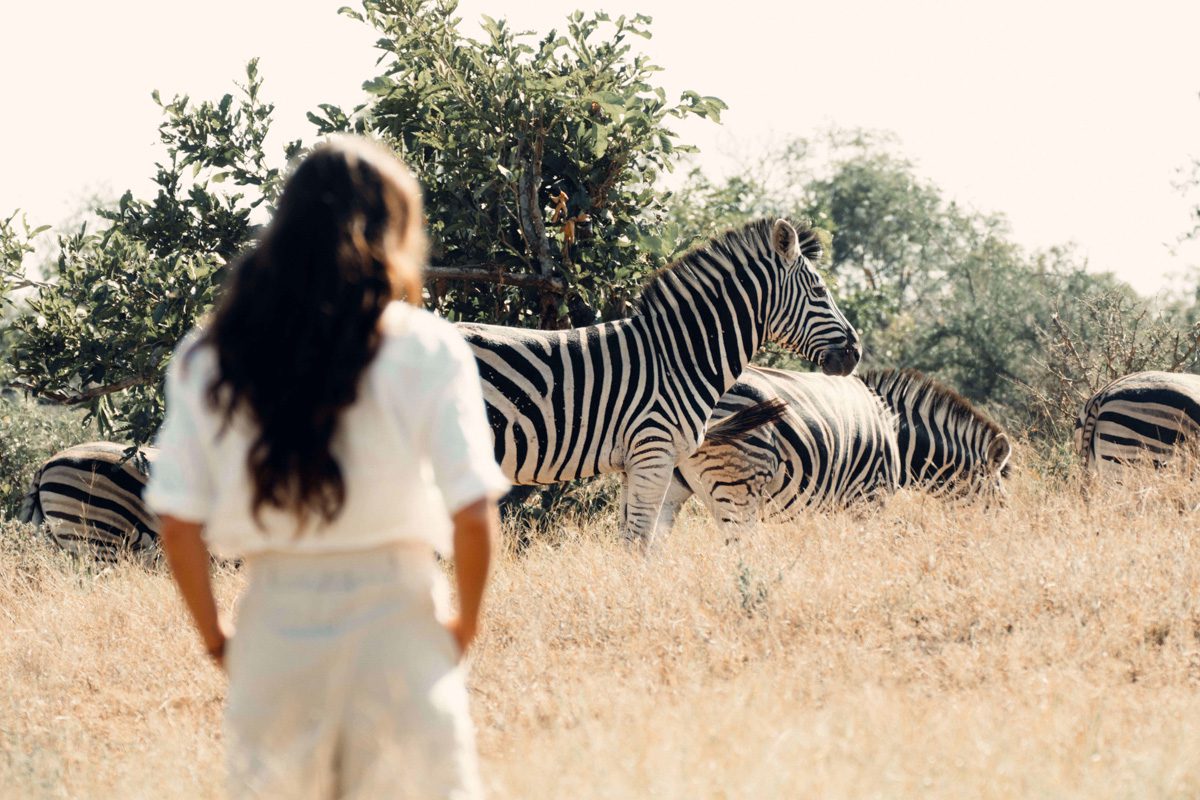
Though scattered with outcrops and gorges, the Kruger region isn’t mountainous, its thick foliage providing refuge for a high concentration of game. Waterways draw wildfowl and mammals alike, and the proliferation of wildlife increases the health of the ecosystem. The flora is also spectacular, with rotund baobabs, fever trees and thorn trees corrugating the horizon.
Here too, one can find evidence of ancient civilizations, with over 130 sites of archeological significance and rock art.
The Kruger has a strict ‘no hunting’ policy, and fervent anti-poaching operations have made it one of Africa’s most protected wildlife sanctuaries.
The Kalahari
Covering 350,000 square miles (900,000km²), the Kalahari is, by definition, a desert, but this is only true of a portion of its terrains. Some areas receive more than twice the rainfall of others, so while still arid, have enough vegetation to sustain a significant amount of wildlife.
The Green Kalahari, as this more aqueous region is known, covers much of South Africa’s portion of the desert and is a convergence of both bushveldt game and desert wildlife. This combination of desertous and shrub-strewn environments also makes it apt for several more rare creatures, such as the aardwolf, brown hyena and pangolin, with cheetah, meerkats and other less typical species also present.
As the Kalahari reaches into Namibia, it becomes significantly more barren and wildlife more scarce, but its South African portion has wonderful game drive potential while retaining the dramatic landscapes for which Namibia is known.
South Africa Wildlife
With almost 300 mammal species and many hundreds of bird varieties dwelling in South Africa, not to mention its oceanic residents and visitors, the country has plenty to spot. Its varied topography provides numerous environments in which these animals can thrive, and ardent anti-poaching, conservation and hunting regulation are continually strengthening to bolster populations, especially for the more threatened creatures.
As such, it would be excessive to list them all, but these are some of the animals that can be expected across the nation. It should be noted that there is never a guarantee of a sighting and that some creatures are endemic only to specific areas:
WILDLIFE SPECIES:
- African clawless otter
- African wild cat
- Bat-eared Fox
- Black-footed cat*
- Caracal*
- Cheetah*
- Leopard
- Lion
- Serval
- Wild dog*
- Banded mongoose
- Cape Fox
- Cape porcupine
- Cape Rock hyrax
- Chacma baboon
- Duiker
- Hyena
- Jackal
- Meerkat*
- Vervet monkey
- Bontebok*
- Buffalo
- Bushbuck
- Eland
- Elephant
- Gemsbok
- Giraffe
- Hartebeest
- Hippopotamus
- Impala
- Klipspringer
- Kudu
- Nyala
- Oribi
- Rhinoceros*
- Riverine rabbit
- Roan antelope
- Sable*
- Springbok
- Steenbok
- Tsessebe
- Warthog
- Waterbuck
- Wildebeest
- Yellow-spotted hyrax*
- Zebra
- Aardvark*
- Aardwolf*
MARINE SPECIES
- Cape fur seal
- Bryde’s whale
- Humpback whale (seasonal)
- Southern right whale (seasonal)
- Orca (seasonal)
- Great white shark
- Cape, African or jackass penguin*
BIRD SPECIES
- Agulhas long-billed lark
- Black bustard
- Black-rumped buttonquail
- Blue bustard
- Botha’s lark*
- Bush blackcap
- Cape bulbul
- Cape long-billed lark
- Cape siskin
- Cape sugarbird
- Cape weaver
- Cape vulture*
- Eastern long-billed lark
- Forest canary
- Greater spotted eagle*
- Grey-winged francolin
- Ground woodpecker
- Karoo lark
- Knysna warbler
- Knysna woodpecker
- Long-tailed pipit
- Orange-breasted sunbird
- Protea canary
- Rudd’s lark*
- Southern double-collared sunbird
- Victorin’s warbler
- Barlow’s lark
- Black harrier*
- Black-headed canary
- Blue crane
- Cape rockjumper
- Drakensberg rockjumper
- Ground woodpecker
- Gurney’s sugarbird
- Knysna turaco
- Pel’s fishing-owl*
- Sclater’s lark
- Southern bald ibis*
- Wandering albatross*
* denotes rare species
Where to Stay on a South African Safari
As is to be imagined from such a vast country, there are myriad choices in accommodation. From luxury penthouses in the heart of Cape Town to tented camps in and around Kruger National Park, the choice is endless, as too is the standard.
As the third wealthiest country in Africa, and with global renown for safari, the level of excellence is felt across the nation, both in terms of properties and staffing. As is to be expected, we have our favorites – those properties we deem worthy of our clients’ wishes and that uphold our elevated standards of luxury.
Again, segmented into South Africa’s regions, these are our favored premium properties for a South African safari:
The South
Delaire Graff Estate
📍Stellenbosch, Cape Winelands
Wine estate, spa, gourmet restaurant and art gallery, there is far more to Delaire Graff than merely a place to lay your head. In the heart of South Africa’s globally-celebrated winelands, Delaire Graff may be enjoyed on a day visit, but to truly appreciate all it has to offer, including the magical sunset over the surrounding mountainscape, an overnight stay or weekend sojourn is highly recommended. Expert sommeliers present wine tastings, paired perfectly with the restaurant’s fine creations, the gardens, adorned with numerous sculptures, provide pure escapism, and the spa provides the perfect destination to wash away the jetlag from an international flight or luxurious pampering to conclude your South African safari.
Grootbos
📍Grootbos Private Nature Reserve, Gansbaai
A luxury eco-retreat close to the southern tip of Africa, Grootbos is, first and foremost, a nature reserve. Birdlife is abundant and, though mammalian inhabitants are minimal, it is possible to see baboons, leopard, genet, duiker, porcupines and honey badgers amongst the blossoming fynbos shrubs. From here too, it is possible to explore the underwater realms, with whale-watching and shark-diving experiences offered.
A range of suites and two private villas are available to guests, creating a selection of accommodation accessible to any itinerary. The award-winning property focusses upon the dramatic landscape, taking in the vistas festooned in lilac fynbos flowers and distant Atlantic Ocean.
Babylonstoren
📍Franschhoek, Cape Winelands
One of the oldest Dutch farms of the Cape, set at the foot of Simonsberg mountain in the Franschhoek wine valley. The active winery encapsulates the treasures of this fertile region, both in its grape and in the sprawling kitchen garden inspired by the medieval cloistered gardens of the 12th century. Indeed, the property itself is named for the mysterious Hanging Gardens of Babylon. Visitors can sample the wines and tour the cellars before enjoying produce harvested from the garden and severed impeccably at one of Babylonstoren’s three farm-to-fork restaurants, the fine-dining Babel or the more casual, though no less excellent, Bakery or Greenhouse.
Accommodation evokes its Dutch farmhouse heritage but is exquisitely united with modern minimalist chic.
The Silo
📍Victoria & Alfred Waterfront, Cape Town
Bathed in the long shadow of Table Mountain, the Silo has impressive views of the landmark, Lion’s Head, the Cape waterfront harbor and the city below. Perched atop the Zeitz Museum of Contemporary Art Africa, its surrounds feature boutique shops, harborside strolls and a wide selection of excellent restaurants, should one tire – unlikely though this may be – of the superb offerings of the in-house restaurant.
A rooftop pool crowns the property, combining relaxation and spectacular views, while the floor-to-ceiling windows of every suite allow one to survey the surrounding city, coastline and majestic mountains.
The Kruger Region
Cheetah Plains
📍Cheetah Plains Private Reserve, Sabi Sand
Not only is Cheetah Plains one of the foremost contemporary South African safari lodges, it is also a leading proponent of sustainability. Powered almost exclusively by renewable energy and with electric safari vehicles, the carbon-negative Cheetah Plains is a pioneer of near-zero impact properties. The residence features three exclusive-use villas, each for up to eight guests and each with its own private pool, bar, boma and fully-appointed chef’s kitchen.
With such low occupancy, guests can be assured of attentive and exclusive service, private game drives and pure escapism. The near-silent game vehicles allow guests to peacefully explore the bush, spotting elephant, leopard, lion, rhino, the eponymous cheetah and much more.
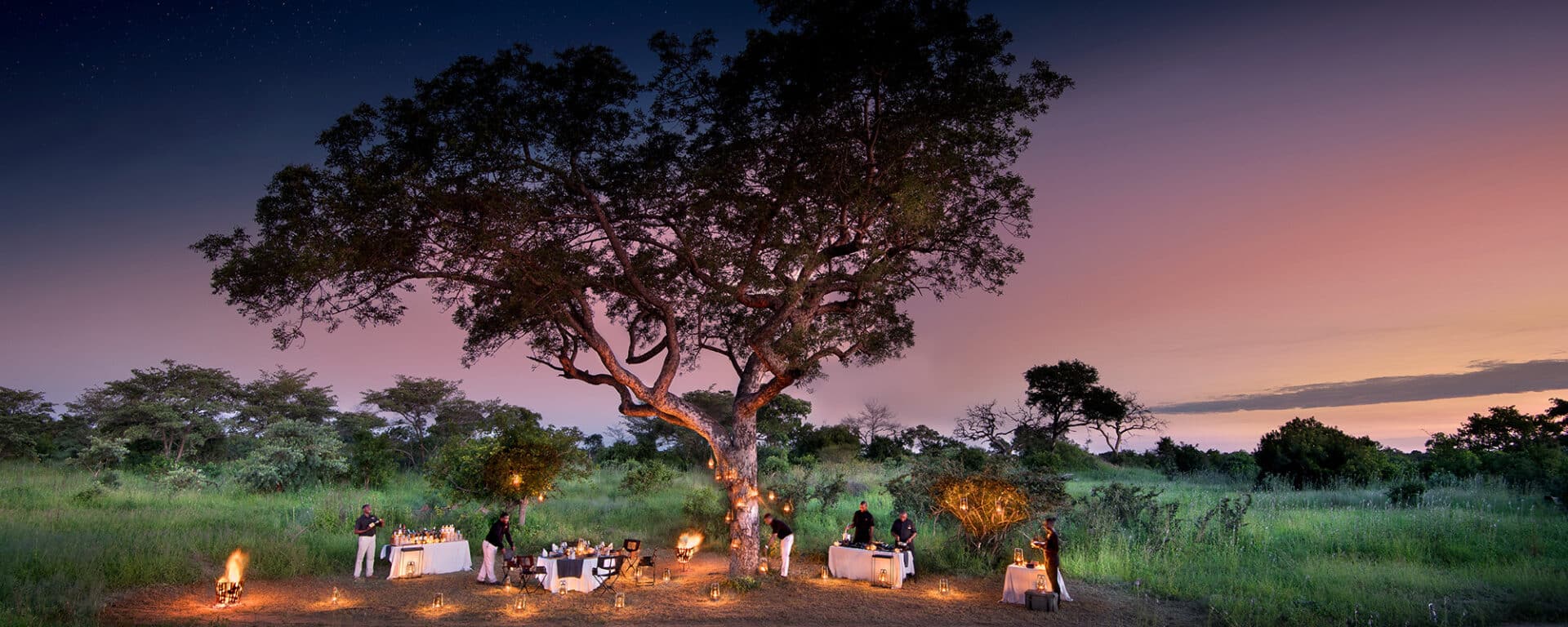

Singita
📍Sabi Sand & Kruger National Park
The Singita brand hosts properties throughout Africa, but its Kruger collection is simply spectacular. One of the country’s most iconic names for a South African safari, Singita has, for thirty years, elevated the standard of excellence.
Across its portfolio, Singita combines contemporary design with traditional architecture and natural materials, blurring the line between luxury accommodation and wilderness. Each property places its guests in a prime location for prime game viewing, either as part of a group drive at some of its larger lodges or as an exclusive excursion across a private reserve.
Even within the frequented Kruger National Park, Singita lodges are placed at the furthest borders, limiting the chance of day visitors encroaching on the privacy of guests.
Londolozi
📍Londolozi Private Reserve, Sabi Sand
Established in 1923, Londolozi is one of South Africa’s original private game reserves. With its name taken from a Zulu phrase meaning ‘protector of all living things’, it is no surprise that conservation is at the core of Londolozi’s purpose, but this does not forego the luxury bestowed upon guests.
With five camps in its portfolio, Londolozi has plenty to offer, with each lodge serving its own uniqueness. Its Granite Suites are ideal for honeymooners and couples, the expansive shared Varty Camp suited to families and larger parties, and Pioneer Camp giving complete privacy.
Londolozi also has several luxurious treehouse sleep-outs for overnight stays, a touch of excitement and the consummate natural immersion. For feline fans, Londolozi is also declared to be one of Africa’s finest locations for viewing leopard.
Royal Malewane
📍Greater Kruger
The sister property of Cape Town’s Silo Hotel, Royal Malewane is eclectically colonial, harking back to the days of the early settlers with boundless decadent elegance. Elephant parade past the property’s infinity pool, visitors can explore the surrounding bush by vehicle or on foot, and children are gladly welcomed and entertained with the Little Rangers program.
Royal Malewane also caters specifically to photographers of all levels, with equipment available for hire and dedicated staff educated in photographic techniques and the best locations for capturing the perfect shot.
Incorporating three properties, Royal Malewane offers an exclusive private lodge or two low-occupancy residences, the Farmstead and Waterside, with three and four suites respectively.
The Kalahari
Tswalu
📍Tswalu Private Reserve, Southern Kalahari
One of our favorite South African properties, Tswalu brings together extensive conservation efforts and luxury accommodation.
The Tswalu Foundation was established in 2009 to protect this precious environment and its inhabitants, maintaining extensive research, conservation and protection. Scientists are frequently in residence, monitoring the perilously-endangered pangolin, radio-tagging cheetah and ensuring that poaching is held at bay.
To help fund its operations, Tswalu has created a handful of luxury lodges, offering guests direct access to the reserve, with private drivers and exclusive accommodation. At times, it is even possible to partake in conservation efforts, getting up close and personal with some of the Green Kalahari’s magical inhabitants.
Despite its size and diversity, South Africa offers three quite distinct experiences; the coast, the bush and the desert. Each is substantially different from other African nations and, whether together or incorporated into a more extensive itinerary, will provide a wealth of wonder and intrigue.
A South African safari can fulfil a complete adventure with ease, and for a broad range of interests and travelers. Each chapter brings its charms and strengths, from urban explorations and fine dining to superb game drives, photography, rare wildlife and adventures for the whole family.
While one may envisage the quintessential safari as venturing across the wide plains of the Maasai Mara or Serengeti, despite its scale a South African safari brings with it a certain intimacy, be that a secluded bay on the Atlantic coast or luxurious lodge nestled in the thickets and groves of a private reserve.
For experienced travelers or safari first-timers, South Africa has a great deal to offer, and with its renown and experience, this comes with some of the finest guiding and impeccable properties on the continent.
Let us take you on a South African safari – contact your Travel Designer today.
